Munich comes alive in spring, summer, and autumn, bursting with energy during Frühlingsfest, warm beer garden evenings, and the famous Oktoberfest. After years of visiting and living in Bavaria, I’ve noticed that each season brings its own special events and traditions.
There’s something unforgettable about the buzz at Theresienwiese for Frühlingsfest as spring arrives. Locals and visitors celebrate with rides, music, and classic Bavarian food, all in a friendly crowd that honestly feels like a big family reunion.
By summer, the city glows under those long, golden evenings. I love gathering with friends in shaded beer gardens, laughter mixing with clinking steins, and the hum of conversation drifting on the breeze.
When autumn rolls in, Munich hits its legendary peak. Streets fill with excitement for Oktoberfest—the city’s most iconic festival—where traditions run deep and authentic Bavarian experiences welcome everyone.
If you’re planning a visit and want to really feel what makes Munich special, these three seasons are when the city’s spirit shines brightest.
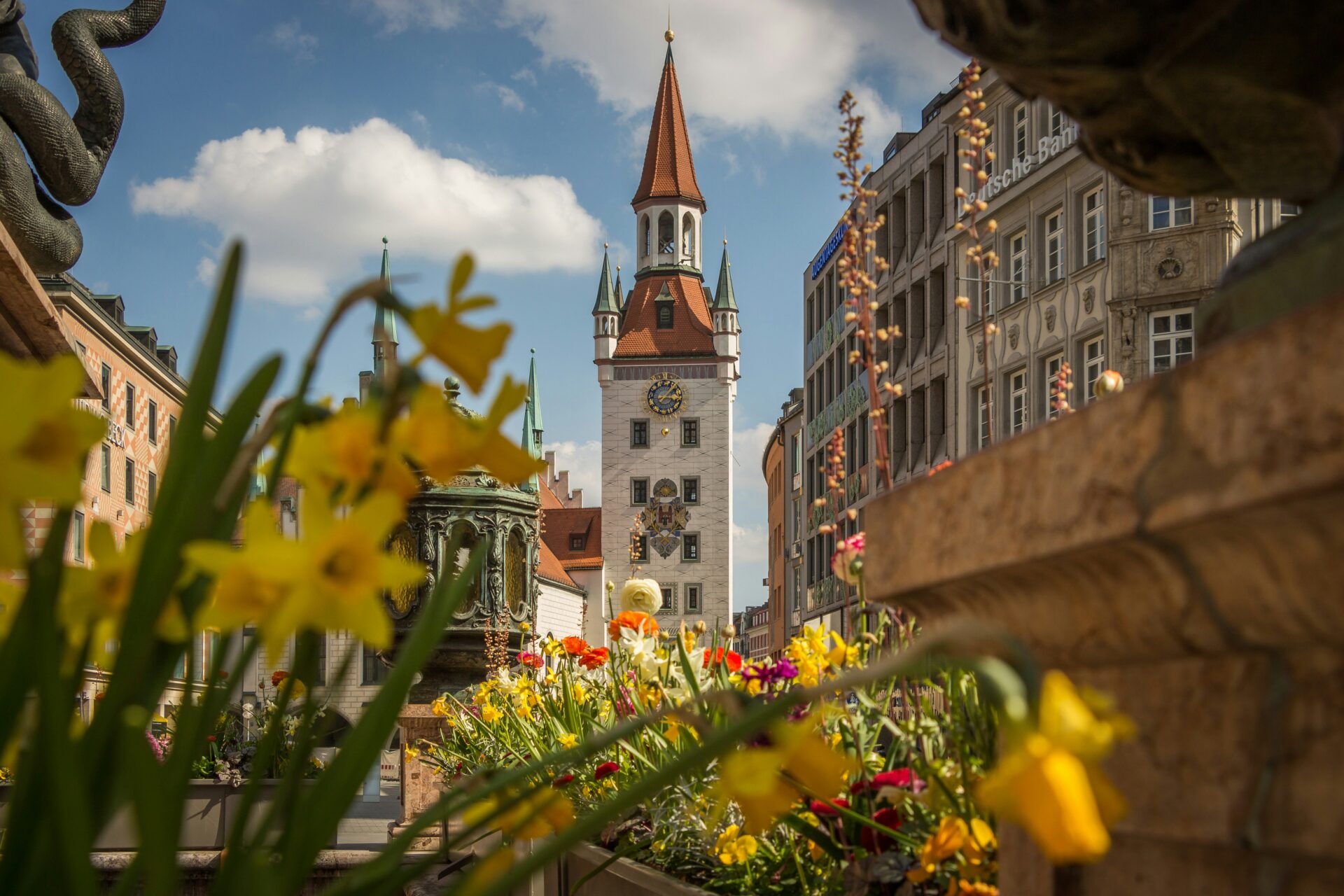
The Spring Awakening: Frühlingsfest Magic
Each spring, Munich shakes off winter’s chill and wakes up for real. Frühlingsfest fills the city with fresh energy, friendly faces, and the buzz of celebration everywhere.
What Makes Frühlingsfest So Special?
Frühlingsfest, or the Spring Festival, is Munich’s big welcome to warmer weather and bright blossoms. People often compare it to Oktoberfest, but honestly, Frühlingsfest feels more relaxed and local to me. You’ll see Bavarians and visitors hanging out, but the crowds never get overwhelming.
Traditional dirndls and lederhosen set the scene. Families, groups of friends, and old neighbors all come together. The friendly spirit stands out—striking up conversations is easy, especially at those long tables under the tents.
Beer flows, local bands play, and laughter fills the air. It’s less about tourists and more about celebrating renewal. When April and May arrive, the city brightens up, with blooming trees and blue skies hinting at the long summer ahead.
I always look forward to Munich’s Frühlingsfest because it’s such an authentic and happy start to the season.
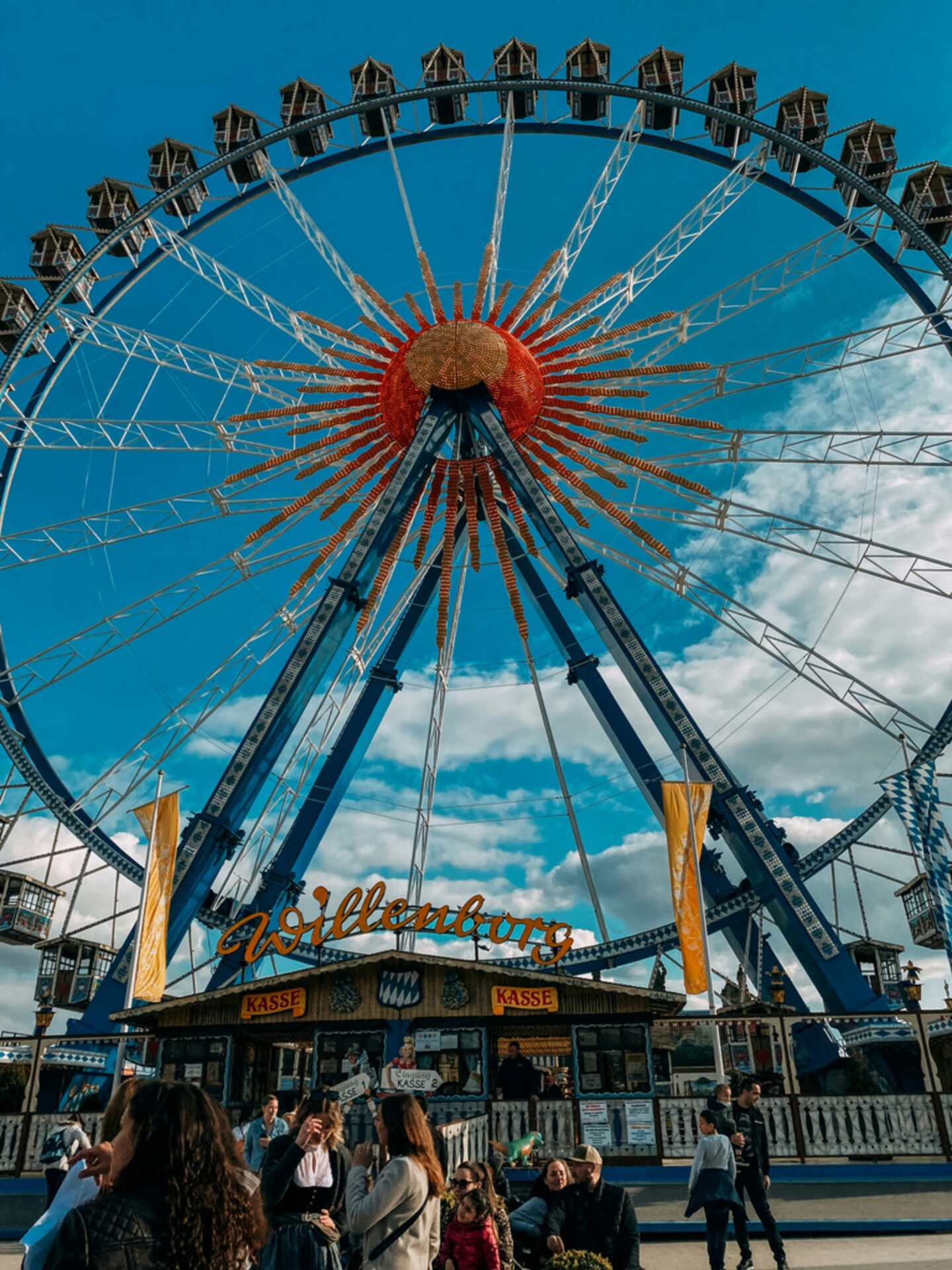
Highlights: Ferris Wheel, Food, and Bavarian Traditions
The Ferris wheel is usually the first thing I spot as I approach Theresienwiese. It towers above the festival grounds—a must for kids and adults, honestly. You get great views across the park and city skyline.
At night, those lights create a festive glow. Frühlingsfest has just two main beer tents, so it’s cozier than Oktoberfest. Inside, you’ll find classic Bavarian food:
- Roast chicken (“Hendl”)
- Giant pretzels
- Bratwurst
- Potato salad
German beers are served by the liter, poured fresh from local Munich breweries. Live music and folk dancing get everyone clapping and singing along.
Carnival rides fill the area outside the tents—bumper cars, spinning rides, and games for all ages. The festival keeps close to tradition, even as new events pop up each year.
It wouldn’t be Frühlingsfest without the flea market or fireworks. For me, wandering the rows of food, games, and music never gets old.

Where to Celebrate: Theresienwiese and Local Beer Halls
Theresienwiese sits at the heart of the action. This huge open space in the center of Munich also hosts Oktoberfest, but every spring, Frühlingsfest’s white tents and fairgrounds take over. You can reach it easily by subway or tram.
If the weather’s good, I like to end the day in one of the city’s beer gardens or beer halls nearby. Places like Augustiner-Keller or the Hofbräuhaus overflow during the festival, but you’ll still find locals chatting over steins.
Some smaller beer halls hold their own mini spring celebrations, with music and food specials.
Here’s a quick comparison:
| Spot | Atmosphere | Best For |
|---|---|---|
| Theresienwiese | Festive, lively | Carnival fun, beer tents |
| Large Beer Halls | Historic, social | Group tables, tradition |
| Outdoor Beer Gardens | Relaxed, scenic | Sunsets, families |
No matter where I end up, the city feels united in celebration.
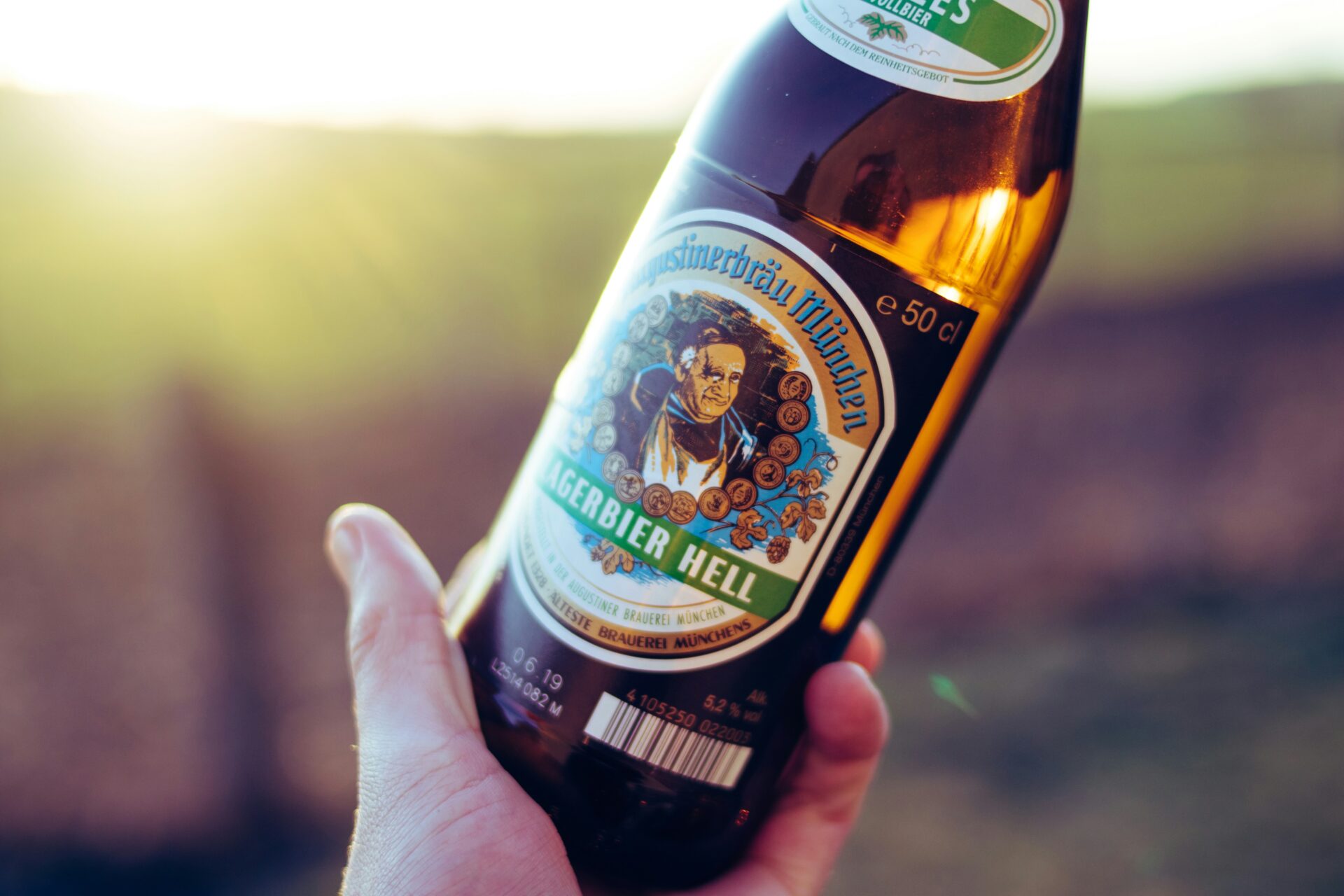
Experiencing Munich’s Renewal in Springtime
Spring in Munich means new beginnings. Parks and gardens burst with color everywhere you look.
Outdoor cafes return, and bikes zip along every path. Frühlingsfest matches this feeling—there’s optimism in the air.
I notice people’s moods shift during the festival. Locals who bundled up all winter now linger outside well into the evening, talking, laughing, and soaking up the longer days.
Even a simple stroll through Theresienwiese after dark, with the Ferris wheel’s lights glowing overhead, feels a bit magical.
Visiting Munich during Frühlingsfest isn’t just about the festival—it’s about watching the city transform. You get to join in Bavaria’s traditions, try local beer, and feel part of something that honors the past while looking forward.
Honestly, that’s what Munich’s spring awakening is all about for me.

Summer Euphoria: Beer Gardens, Parks & City Adventures
In summer, Munich turns into a blend of green spaces, outdoor celebrations, and a buzzing beer garden culture. The days stretch longer, and locals grab every chance to enjoy the sunshine with friends, food, and football under chestnut trees.
Exploring Munich’s Legendary Beer Gardens
Munich’s beer gardens are a true summer tradition. Sitting at wooden tables with locals and travelers, I always feel welcome.
The Hirschgarten, Bavaria’s largest beer garden, has over 8,000 seats and a timeless, relaxed mood. It’s not just the size—there’s an energy here that makes each visit special.
I usually order a stoneware mug of local beer and a pretzel, soaking up the warm air. The Hofbräukeller, with its leafy canopies and family-friendly vibe, offers another great setting right in the city.
Traditional beer halls like the Hofbräuhaus add even more variety, but nothing really beats the Biergarten experience in summer. Many gardens are easy to reach by U-Bahn, so you can actually hop between a few in a single day.
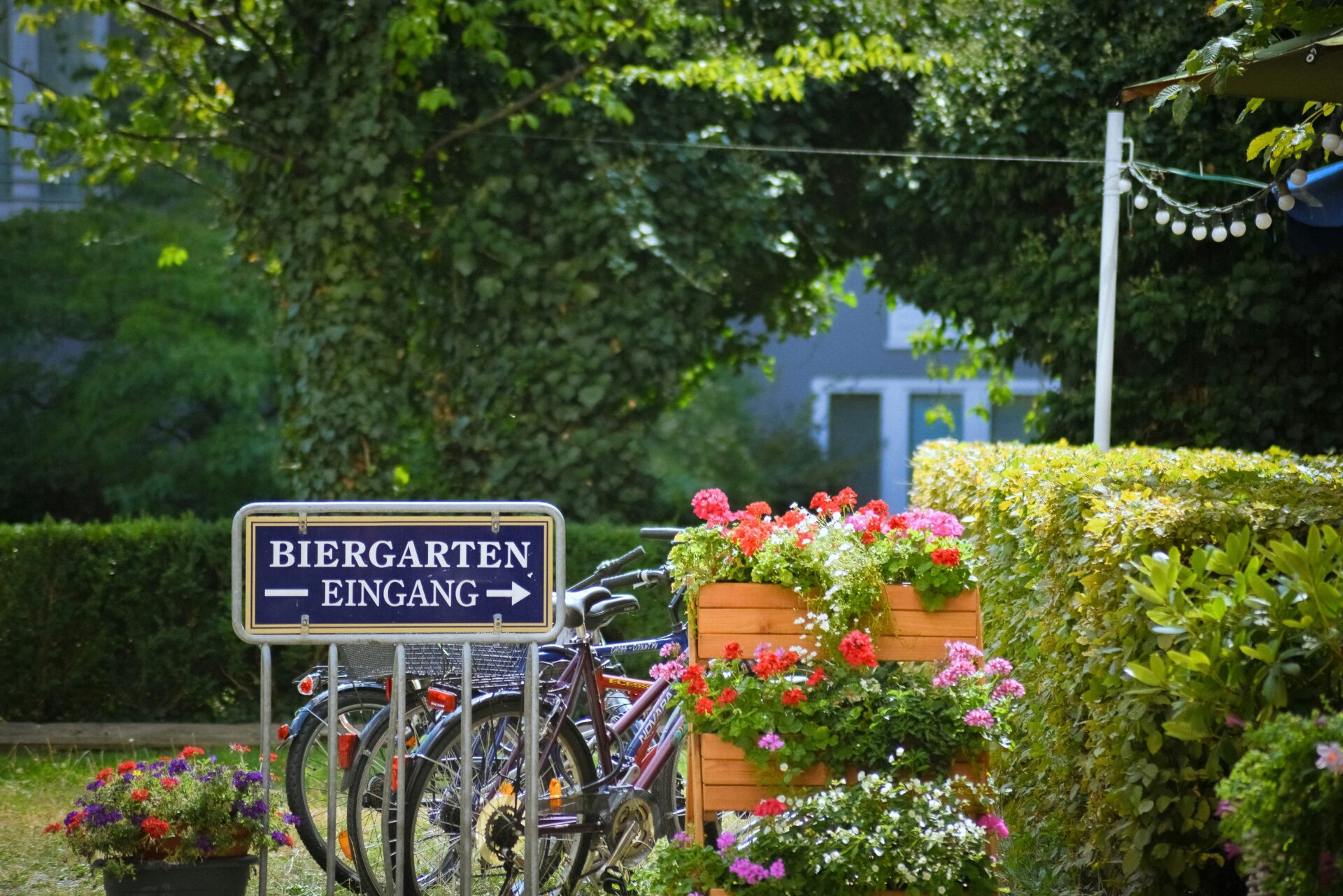
Picnics by the Isar River and English Garden Escapes
On hot afternoons, I head to the Isar riverbanks, passing cyclists, joggers, and locals carrying picnic baskets. The Isar is where I cool off, find shallow spots for a quick dip, and share a simple meal with friends.
Wide trees cast shade, and the sound of the water sets the perfect summer backdrop. Just north, the English Garden—or Englischer Garten—offers endless fields and winding paths.
Sometimes I join friends tossing frisbees or watch surfers ride the Eisbach wave at the park’s edge. The park’s hidden beer gardens, like the one under the Chinesischer Turm, make every visit feel unique.
Meals here are simple: sausage, bread, and a cold Radler.
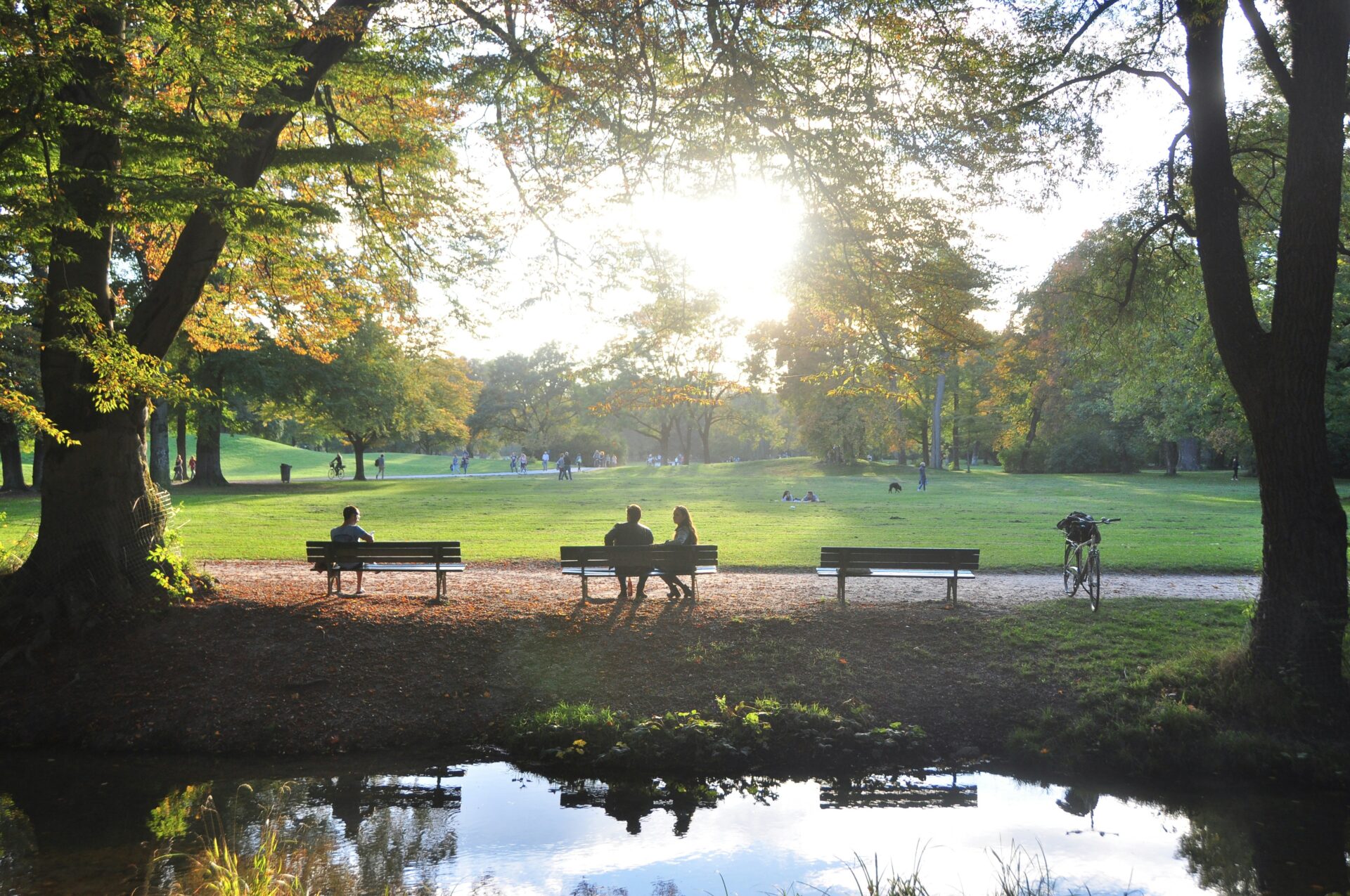
Seasonal Events at Viktualienmarkt, Chinesischer Turm, and Hofbräukeller
Summer in Munich buzzes with open-air gatherings and weekly markets. My favorite spot, Viktualienmarkt, sits right in the city center and is a daily tradition for locals.
I pick up fresh fruit, cheese, and Bavarian snacks from open stalls, then settle into the beer garden at the market’s edge. The Chinesischer Turm in the English Garden draws crowds for its live brass band music and traditional dance nights.
I’ve joined the fun, stein in hand, soaking up local culture under the tall, wooden pagoda. At Hofbräukeller, summer events include open-air movie nights, music, and seasonal foods like roast chicken.
A simple table, a glass of Helles, and the sound of laughter—those are the summer evenings I remember most in Munich.
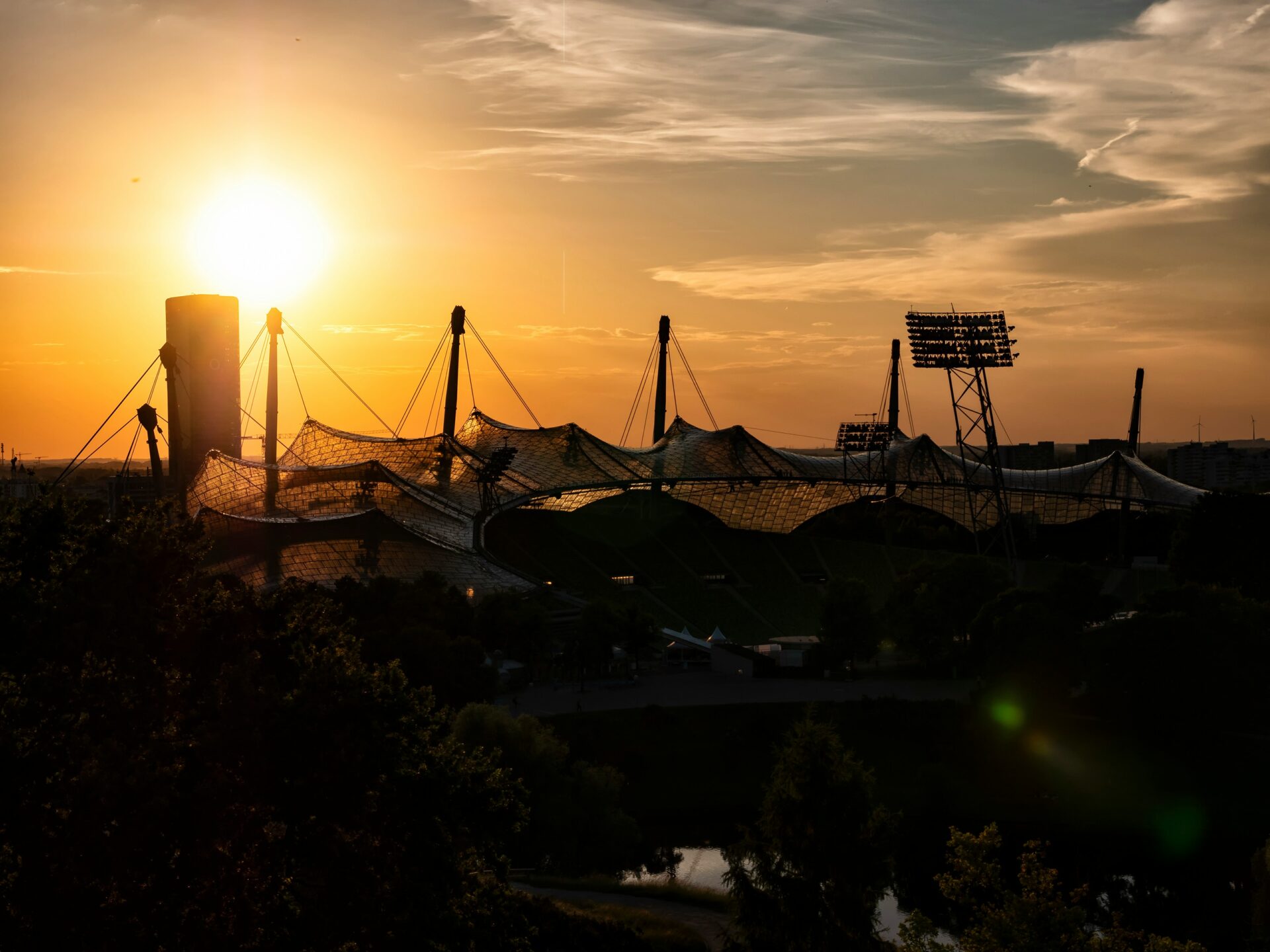
Autumn’s Oktoberfest Buzz: Munich’s World-Famous Celebration
Every autumn, Munich transforms into a burst of color, music, and energy. The air cools, beer tents pop up across Theresienwiese, and the city’s sense of tradition shines.
Locals and visitors join together for an experience that blends history, culture, parades, and Bavarian style.
History and Heartbeat of Oktoberfest
Oktoberfest started in 1810 as a royal wedding celebration and grew into the world’s largest folk festival. Year after year, I watch Munich uphold this tradition with pride.
Theresienwiese, the festival’s home, turns into a village of tents, rides, and music stages. For me, the magic isn’t just the size—it’s the way old Bavarian customs fill every corner.
Throughout the grounds, I see families, friends, and strangers sharing wooden tables, all united by laughter and German beers. Time here moves to the rhythm of oompah bands, blending history with everyday joy.
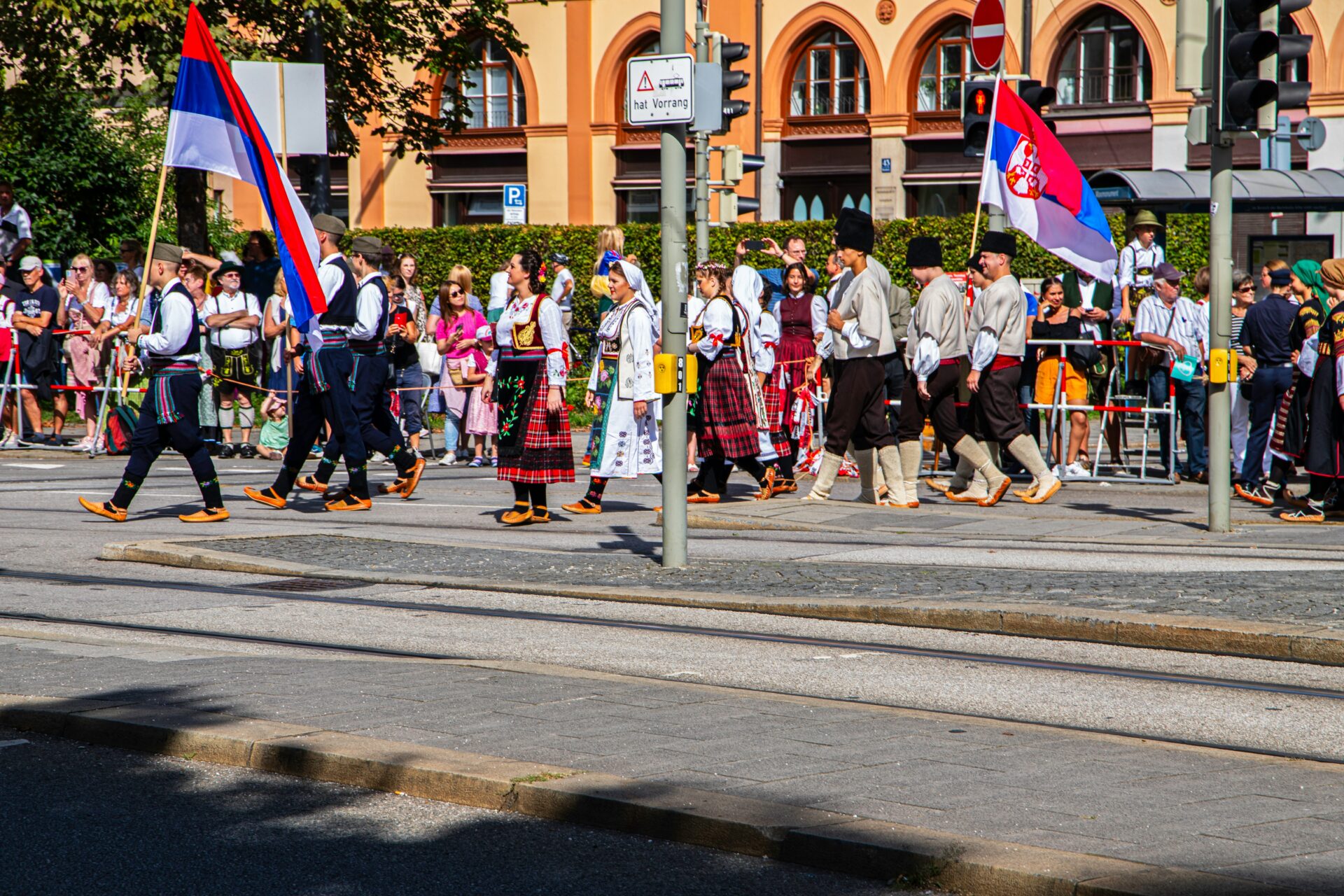
Parades, Beer Tents, and Unforgettable Moments
The opening weekend always starts with a grand parade—musicians, horse-drawn carriages, and festively dressed locals march through Munich. Standing beneath the crisp autumn sky, I feel the crowd’s excitement as the mayor taps the first beer barrel, declaring “O’zapft is!” (It’s tapped!).
Inside the tents, the mood is electric. Each major brewery claims its own giant tent, serving special Oktoberfest beers brewed just for the event.
I love watching waitresses carry armloads of liter-sized steins to cheering crowds. The scent of roast chicken and pretzels fills the air. Unforgettable moments can happen at any table, as strangers soon become friends.
Top Beer Tents:
| Tent Name | Known For |
|---|---|
| Hofbräu Festzelt | Lively, international crowd |
| Augustiner-Festhalle | Traditional vibe, local favorite |
| Schottenhamel | Venue for official keg tapping |

Oktoberfest Outfits: Lederhosen, Dirndls, and Bavarian Culture
Wearing the right outfit is half the Oktoberfest fun. I never skip suiting up in my own Tracht—lederhosen for men, dirndls for women. These aren’t just costumes; they’re part of Bavaria’s identity.
Locals wear classic patterns and family heirlooms, while visitors can rent or buy simple versions across Munich. It’s easy to spot styles with embroidered details and bright colors, each telling its own story.
This dress code isn’t enforced, but slipping into traditional clothing pulls me into the celebration and earns plenty of friendly nods from locals.
Oktoberfest Outfit Tips:
- Lederhosen: Knee-length leather shorts, usually with suspenders and a checkered shirt.
- Dirndl: Dress with fitted bodice, blouse, full skirt, and apron.
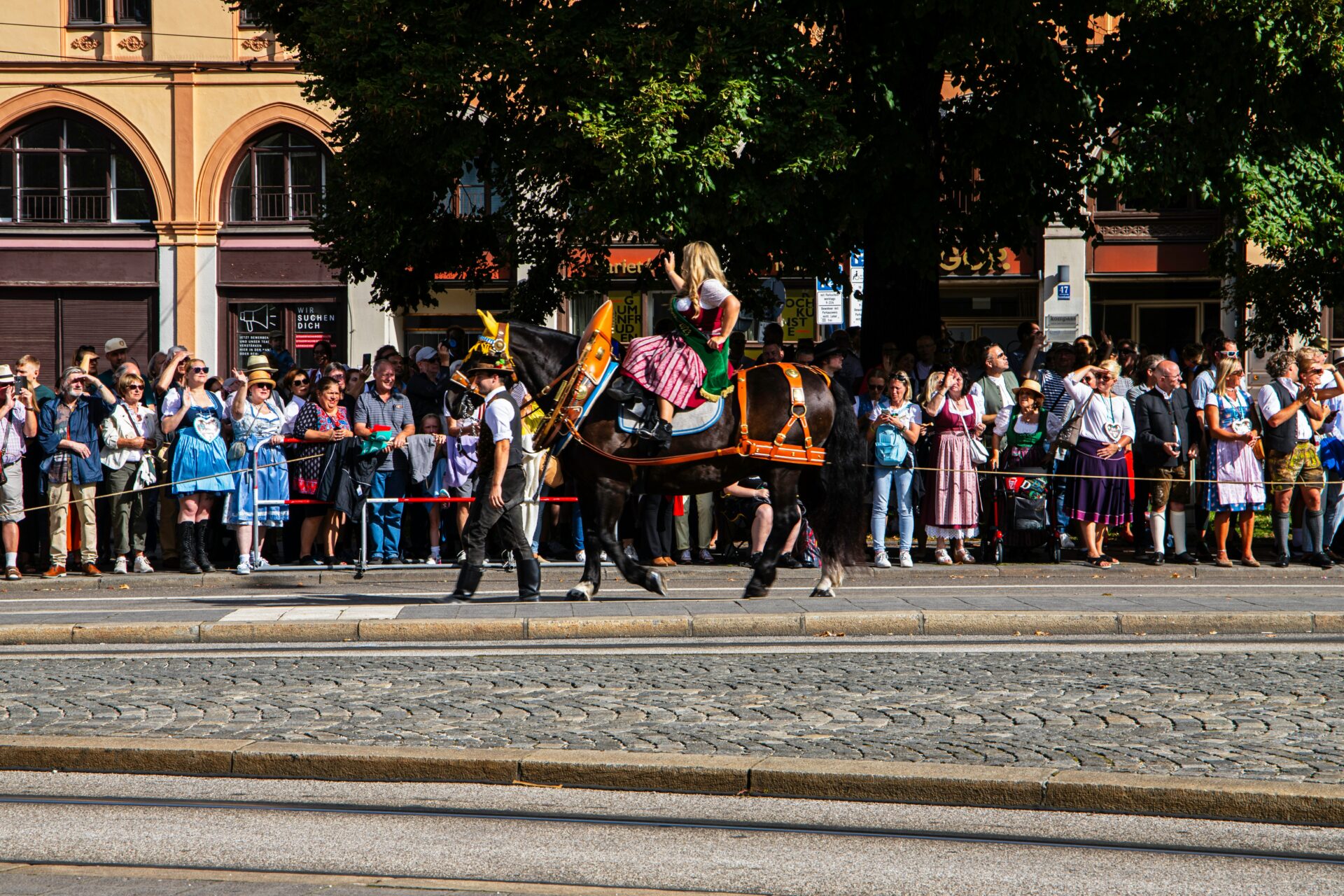
Beyond Oktoberfest: Exploring the Altstadt and Marienplatz
Oktoberfest draws everyone to Theresienwiese, but the city’s heart beats in the Altstadt (Old Town). After a lively day at the festival, I always wander to Marienplatz, Munich’s historic square.
The Neues Rathaus (New Town Hall) towers over bustling cafés and shops. The Glockenspiel in the Rathaus performs at set times, delighting crowds with moving figurines and chimes.
Side streets reveal cozy beer halls and bakeries where I unwind with a local lager or apple strudel. In early autumn, trees in the Viktualienmarkt glow gold and orange, and Munich feels peaceful and charming—a perfect contrast to the festival’s high energy.

Munich’s Year-Round Festive Spirit
Munich stays lively no matter the season, from twinkling winter nights to historic architecture and inviting lakes.
Some of my favorite travel memories come from soaking in these moments during different times of the year.
Seasonal Joy: Christmas Markets, Winter Magic, and Beyond
Winter in Munich just feels different, doesn’t it? The city’s Christmas markets open up and suddenly everything smells like cinnamon and roasted nuts.
I always end up at Marienplatz, where the main Christmas market buzzes with music and handmade crafts. Hot mulled wine and roasted almonds warm my hands—and honestly, my mood too.
It’s not only about shopping. Skating rinks pop up, and glowing lights wrap around the city, especially at Karlsplatz.
Even when it’s cold, people still gather outside to chat and soak up the festive mood.
When snow covers the rooftops and the crowds thin out, I wander into quiet corners and hidden courtyards. Those places look their prettiest in winter.
Simple walks somehow turn magical in Munich’s cold months.

Cultural Gems: Frauenkirche, Glockenspiel, and Historic Landmarks
Munich’s history pops up everywhere, but a few places always pull me back in. The Frauenkirche, with its tall twin towers, stands as a symbol of the city.
When I get close, the brickwork and stained glass reveal stories from centuries ago. There’s something about those details that makes me pause.
Marienplatz isn’t just for the market. I always try to catch the Glockenspiel show at the Neues Rathaus—watching the mechanical figures dance and act out old Bavarian tales never really gets old.
Nearby landmarks call out to be explored, too. The Residenz, full of stunning rooms and treasures, connects me to Munich’s royal past.
Walking through these spaces helps me understand the city beyond just food and beer.

Day Trips: Lake Starnberg, Regensburg, and Bavarian Escapes
Whenever city life feels a bit much, I love taking day trips around Munich. Lake Starnberg is a favorite—just a half-hour train ride from downtown.
In summer, I swim there, but even in winter, the lakeside paths refresh me. The peace is something else.
Regensburg stands out too. Its medieval core, stone bridge, and cathedral create the perfect escape.
Wandering those cobblestone lanes feels like I’ve stepped into a storybook.
The region has loads of other Bavarian escapes—villages, castles, and hiking trails showing off classic countryside views. Every trip uncovers a new side of Bavaria that’s just as memorable as Munich.
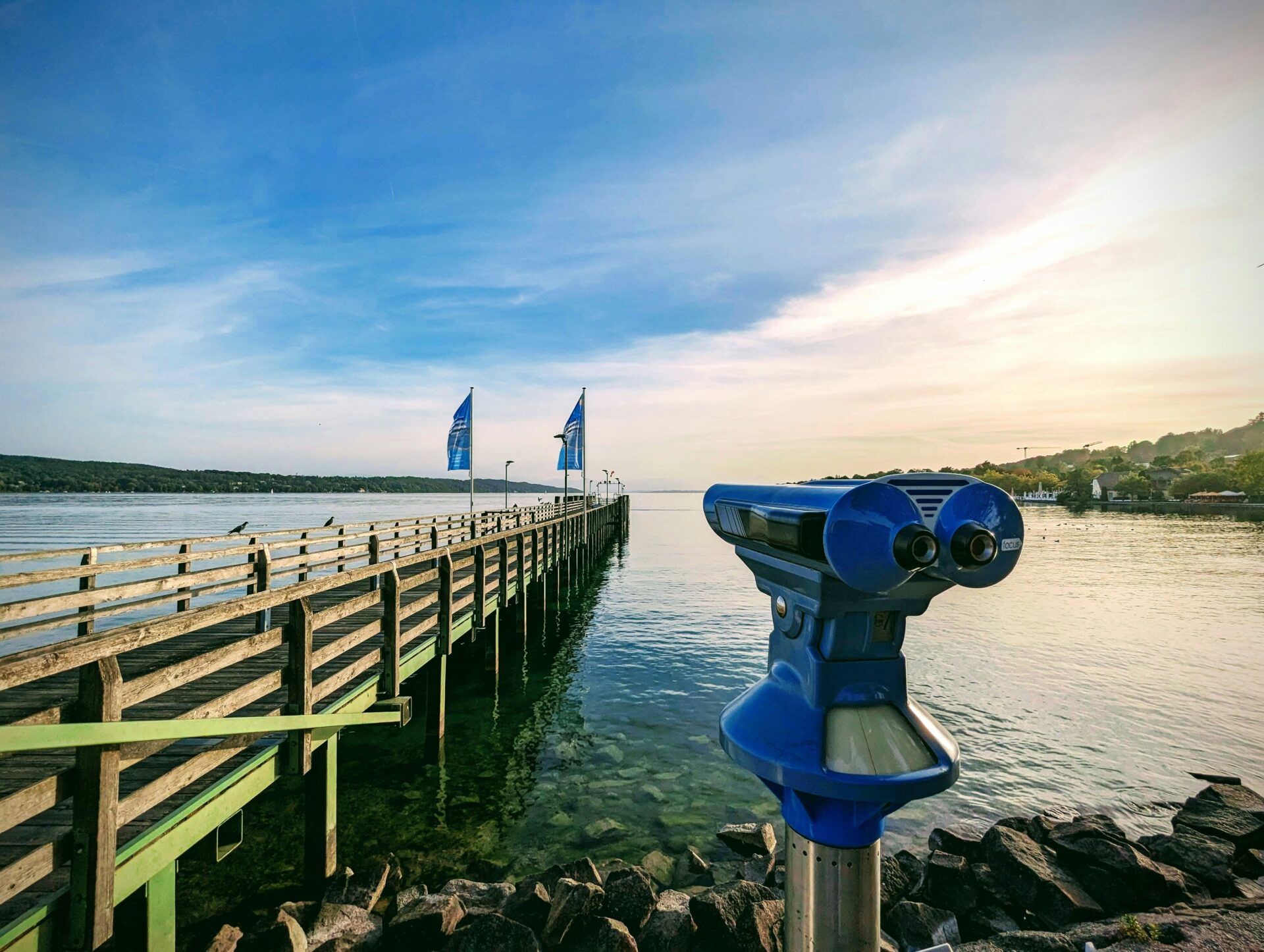
Global Visitors: Who Falls in Love with Munich’s Festive Seasons?
Munich’s festivals pull in travelers from all over the world. Each visitor brings their own culture, excitement, and reasons for falling in love with the city’s special times.
Maybe it’s savoring a beer garden in summer, joining a Frühlingsfest parade, or dancing at Oktoberfest. There’s always something that draws people in.
Travelers from the United States, United Kingdom, Canada & Australia
I meet so many fans of German traditions from the US, UK, Canada, and Australia. They come searching for the real thing: bright lederhosen, giant beer tents, and all the singing.
Oktoberfest is a huge draw—people book tables months ahead and travel with groups of friends or family.
Spring Frühlingsfest seems to attract those who want fewer crowds and a more local feel. I’ve seen Canadians raising their Maß beer under chestnut trees, and British friends getting swept up by Bavarian music.
Australians often tell me they love the happy, social vibe—it’s the kind of buzz that makes you forget you’re far from home.
Here’s what these visitors often love most:
| Nationality | Festival Highlights | Reasons to Visit |
|---|---|---|
| United States | Oktoberfest, Beer Gardens | Culture, Tradition |
| United Kingdom | Frühlingsfest, Oktoberfest | Music, Dress, Food |
| Canada | Christmas Markets, Spring | Atmosphere, Warmth |
| Australia | Summer Beer Gardens | Fun, Social Energy |
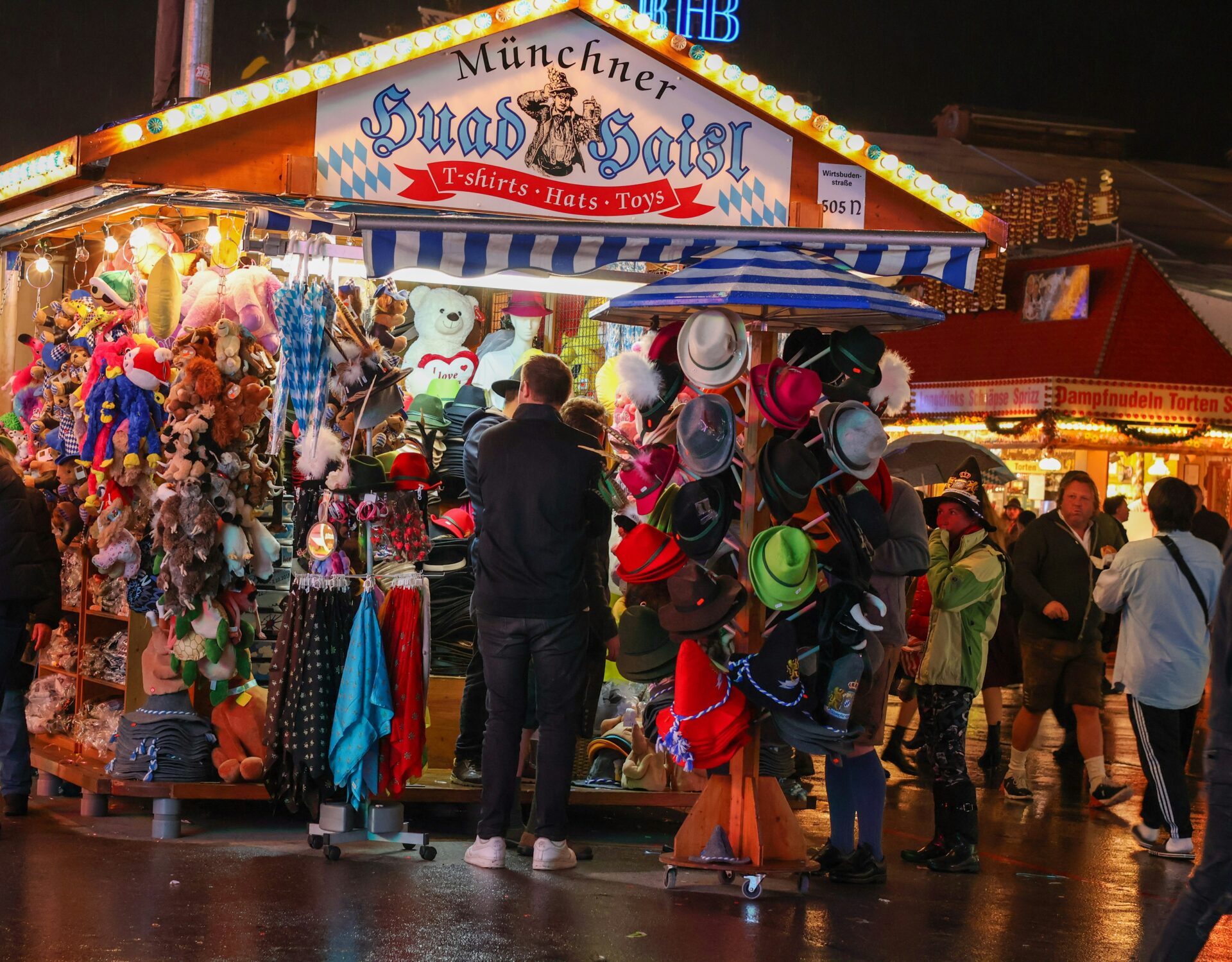
Adventurers from Japan, India, Egypt & Beyond
I remember sitting at a beer garden near Marienplatz with visitors from Japan, Bangladesh, and India. They snapped photos of giant pretzels and cheered along with the band.
For a lot of Asian travelers, Munich’s festivals are a blend of culture shock and discovery. It’s a place to try new foods and join in on local traditions.
Japanese travelers seem fascinated by the detailed costumes and precise traditions—they capture almost every moment with their cameras.
Indian and Bangladeshi visitors often come with family and friends, searching for halal food and non-alcoholic options while soaking up the crowds.
Egyptians love the openness and the chance to meet people from dozens of countries in one spot. Every visit turns into a small adventure, full of laughter and unexpected friendships.
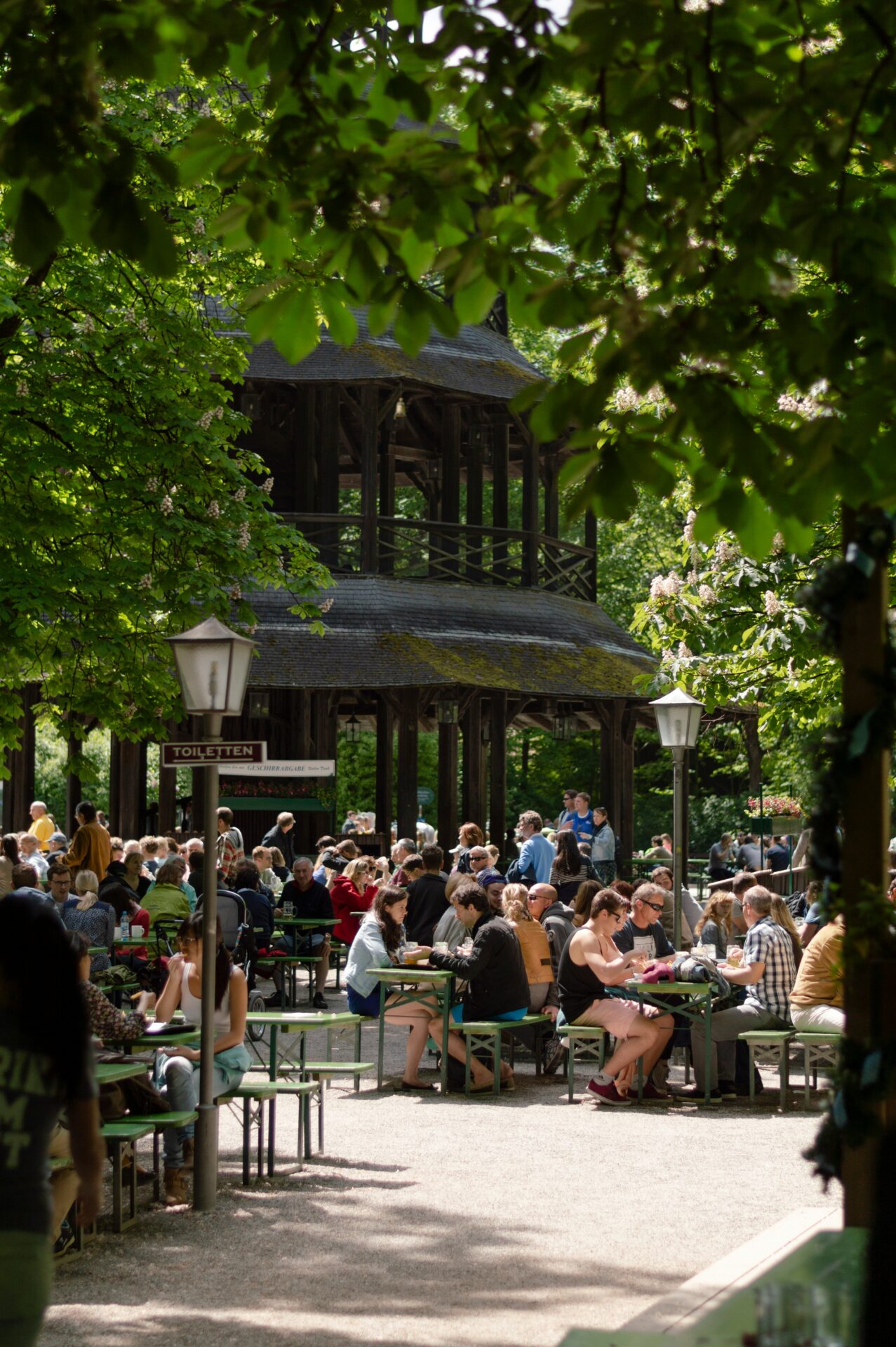
A Melting Pot: How Munich Welcomes the World
Oktoberfest usually steals the spotlight, but honestly, Frühlingsfest and the Christmas markets pull in thousands too. You’ll bump into guests from all over—Europe, Africa, South America, you name it.
I’ve chatted with Brazilians wearing wild festive hats. Austrians show up in their classic Tracht. Even a few Greenlanders have braved those chilly, muggy nights, grinning the whole time.
Munich doesn’t just welcome locals. The city genuinely celebrates visitors from everywhere as part of its tradition.
This openness? It’s what transforms a simple festival into something much bigger. Suddenly, you hear a jumble of languages and stories swirling around you.
Picture an Iranian belting out folk tunes. Maybe an Irish couple is savoring roasted almonds nearby. Someone from Mali might be discovering their first beer garden.
Everyone carves out their own spot here. That pleasure and love affair with Munich’s festive spirit just catches on. Doesn’t really matter where you’re from—somehow, you feel it too.

